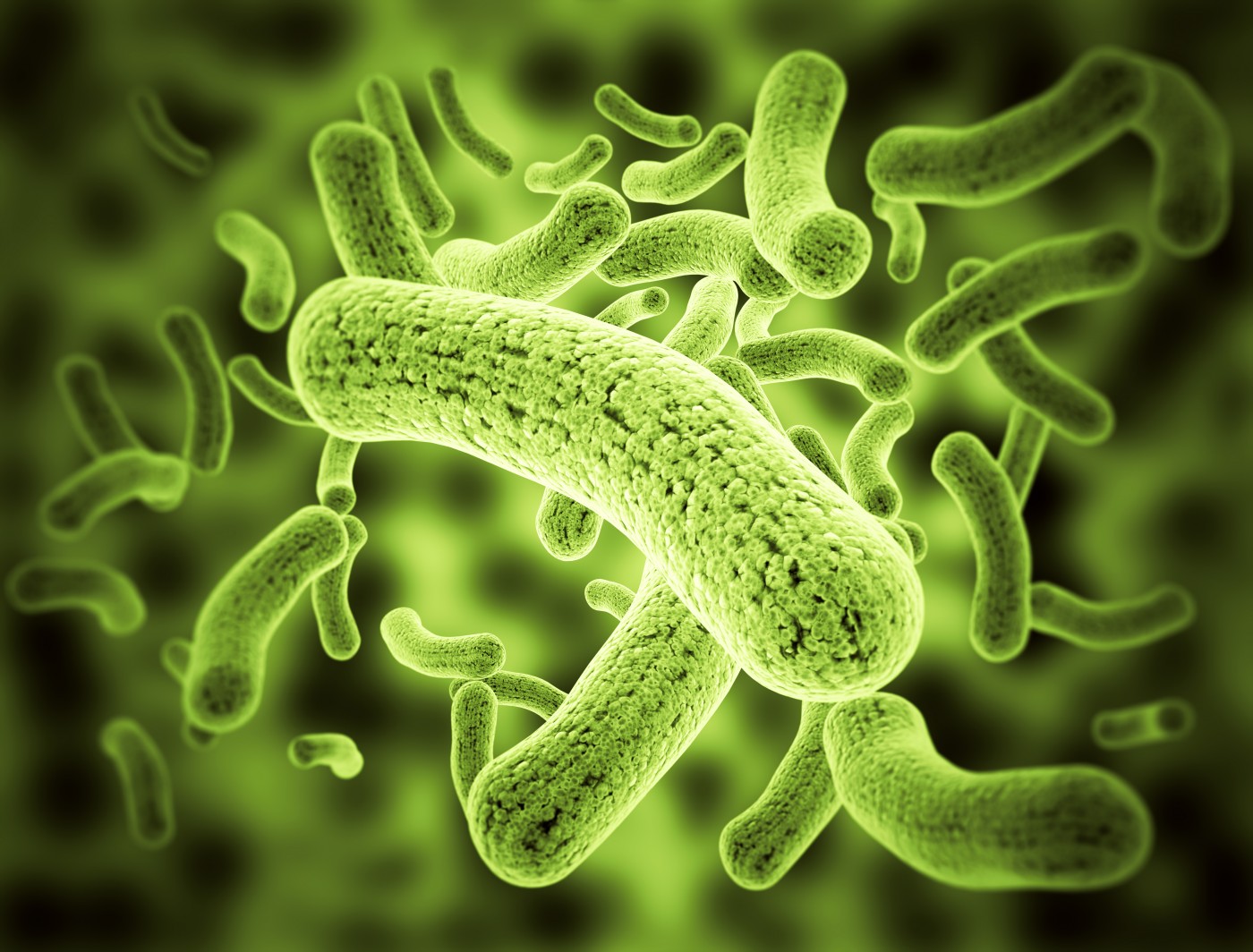Researchers at AO San Gerardo in Italy have conducted a review on the link between nontuberculous mycobacteria (NTM) and the respiratory disease non-cystic fibrosis bronchiectasis (NCFB). The study was published in the journal BioMed Research International and is entitled “Nontuberculous Mycobacteria in Noncystic Fibrosis Bronchiectasis.”
Bronchiectasis is a respiratory condition characterized by a chronic inflammation that usually results from an infection or other condition that injures the walls of the airways, causing irreversible airway dilatation and scarring. In bronchiectasis, the airways slowly lose their ability to clear out mucus, so it accumulates in the lungs, creating an environment prone to bacteria growth that can lead to severe lung infections. Sputum production, chronic cough and recurrent chest infections are signs of the disease.
Bronchiectasis can be associated with cystic fibrosis, a serious genetic disease, or to bacterial infections such as NCFB. NCFB is a common, chronic medical condition affecting around 110,000 adult individuals in the United States.
NTMs are mycobacteria that do not cause tuberculosis or leprosy. The bacteria can be easily found in the environment, especially in the soil and water. NTM usually affects patients with chronic lung diseases, but has also been reported in healthy individuals.
There has been a growing interest in evaluating NTM infection in NCFB patients, as increasing cases of NTM lung infection have been reported in these patients in the last years. In fact, some studies have shown that NTM infection can worsen a pre-existing bronchiectasis.
In the study, researchers reviewed several features of the relationship between NTM and NCFB, including disease diagnosis, pathogenesis and management.
Mycobacterium avium complex (MAC) is the most frequent NTM species isolated in patients. NCFB patients with an NTM infection often present coinfections by other NTM species or microorganism such as the bacteria Pseudomonas aeruginosa.
When NTM infection is diagnosed in a patient, treatment is not always mandatory. This is because NTM therapy is generally based on a lengthy treatment with at least two drugs that can lead to several side effects. Therefore, a careful risk-benefit evaluation needs to be conducted in each patient based on his/her overall health condition, the NTM species isolated and disease severity. The American Thoracic Association has issued guidelines regarding therapeutic schemes specific for drug choice in NTM infections.
Studies have reported that a low body mass index and resistance to macrolide (an antibiotic drug) at presentation are risk factors for disease progression in NCFB patients with NTM infection. In addition, emphysema and fungal chronic pulmonary infection with Aspergillus have also been linked to an increased mortality in NCFB patients.
The team emphasizes that given the possibility of relapse or new infections after treatment, all NCFB patients should be followed-up during and after therapy in order to assess the response to treatment, possible side effects and disease course.

